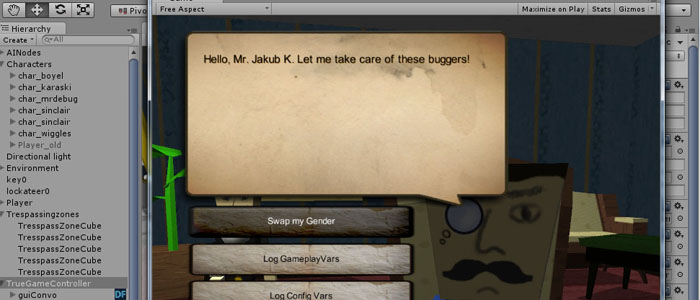
Sharing my Game Design ideas for how I manage quests and flow in my indie game, and asking for some help with a few problems!
Continue reading “Feedback Needed: Managing Quests and Story Flow in nonlinear Games”

Sharing my Game Design ideas for how I manage quests and flow in my indie game, and asking for some help with a few problems!
Continue reading “Feedback Needed: Managing Quests and Story Flow in nonlinear Games” →
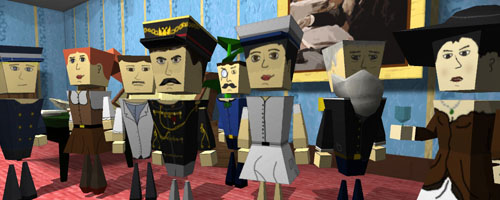
I spent the past week translating the imaginary character outines from my design docs into tangible NPCs you can interact with in my game. Say hello to the gang!
Continue reading “Karaski DevBlog #6: NPCs, Dialogue, and Real Life Influences” →
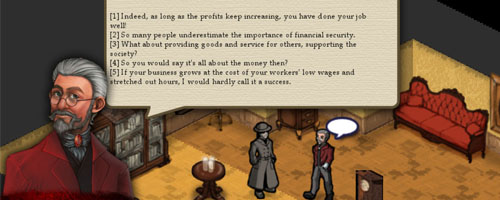
Working on my second game, I realize the dialogue writing approach from my first game Postmortem: one must die may not quite cut it.
Continue reading “New challenges in writing meaningful game dialogue” →

This week I finished furnishing a new area with items, implemented a GUI system, and done a bit of creative writing!
Continue reading “Karaski DevBlog #4: Newspapers, GUI and Being a Dick” →

Finishing some coding tasks and jumping back into character writing and modeling. Say Hello to Miss Sinclair!
Continue reading “Karaski DevBlog #3: Save States, Dialogue, and Women” →
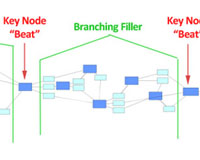
Here’s my approach to writing complex, branching, and meaningful conversations in my indie adventure game Postmortem: one must die. Took many attempts to figure out a good way so sharing the lessons!
Continue reading “Writing branching Game Conversations the easy way – approach from my indie game” →
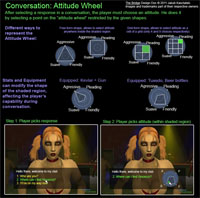
When a player chooses a play style in a game, he is presented with a multitude of options. A “fighter” can use many weapons, parry, dodge, and use potions or magic scrolls. A “thief” can usually sneak around, hide in shadows, use sound cues, distract the enemy, turn off lights or use gadgets. Even in non-RPGs, such as a racing game, one can change their car, tweak the engine, ram into enemies or drive peacefully. And he can do it all dynamically, at any point in the game, constantly adjust and re-adjusting his strategy.
But a “conversationalist” – what can he do besides merely picking from one of the few predefined responses?